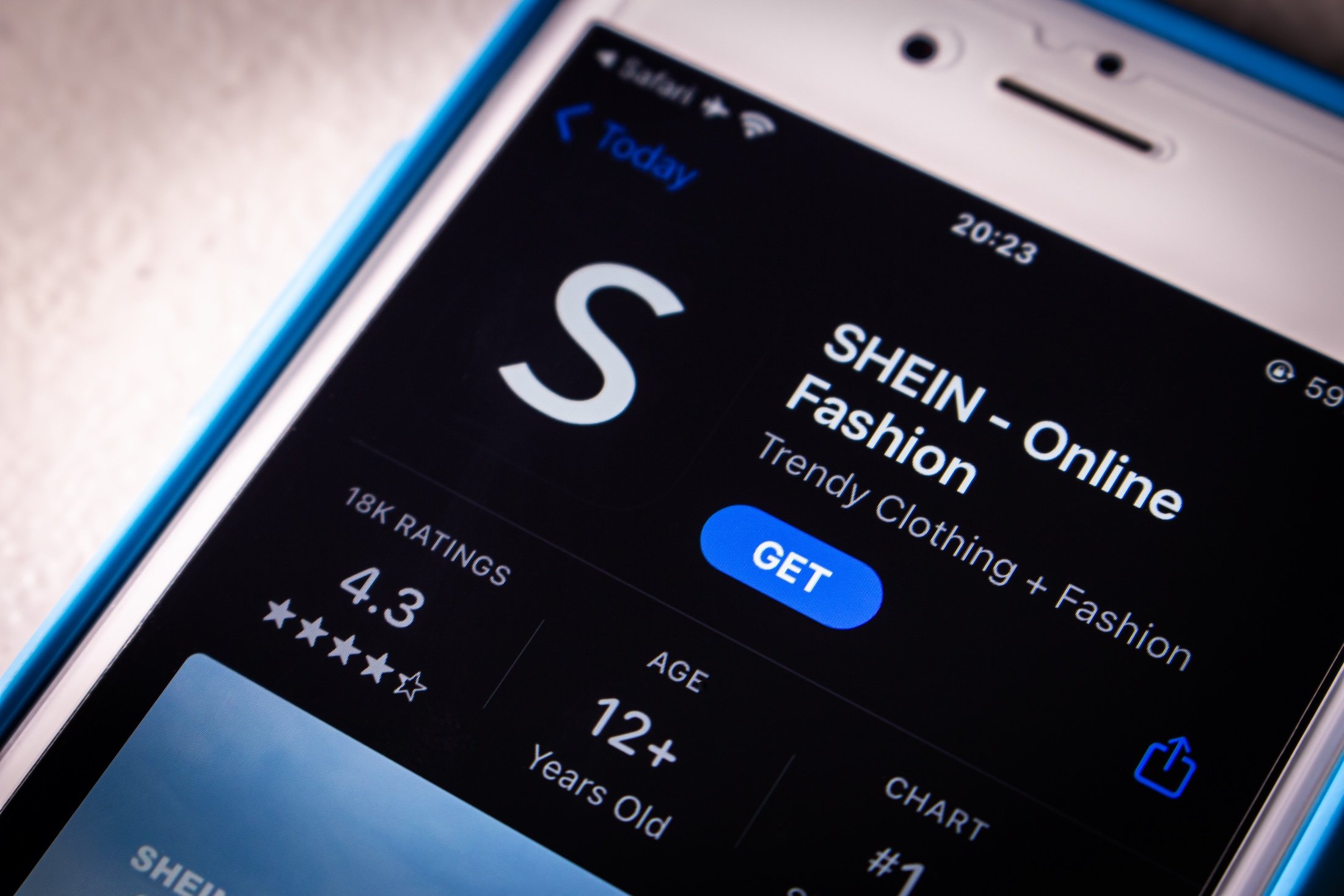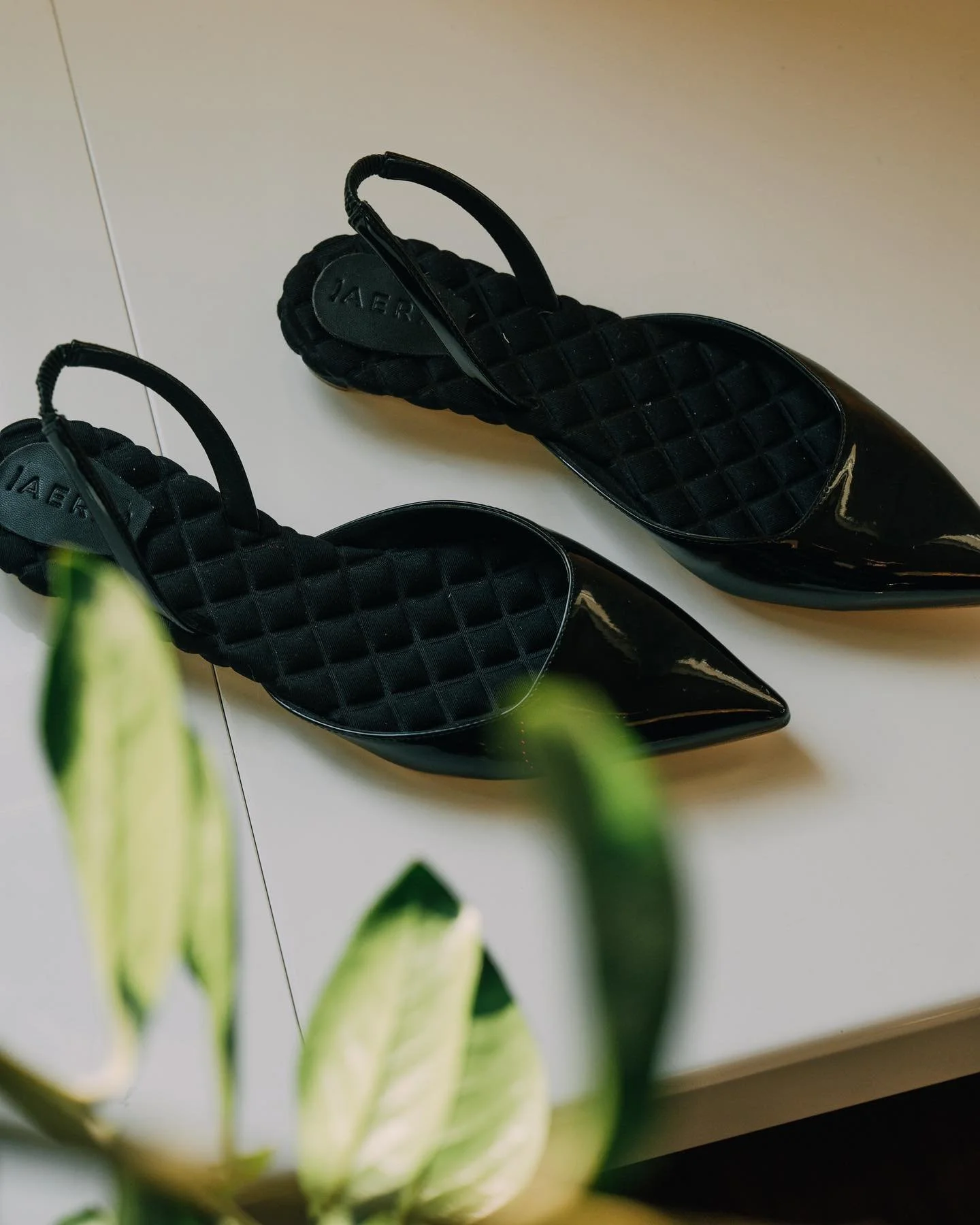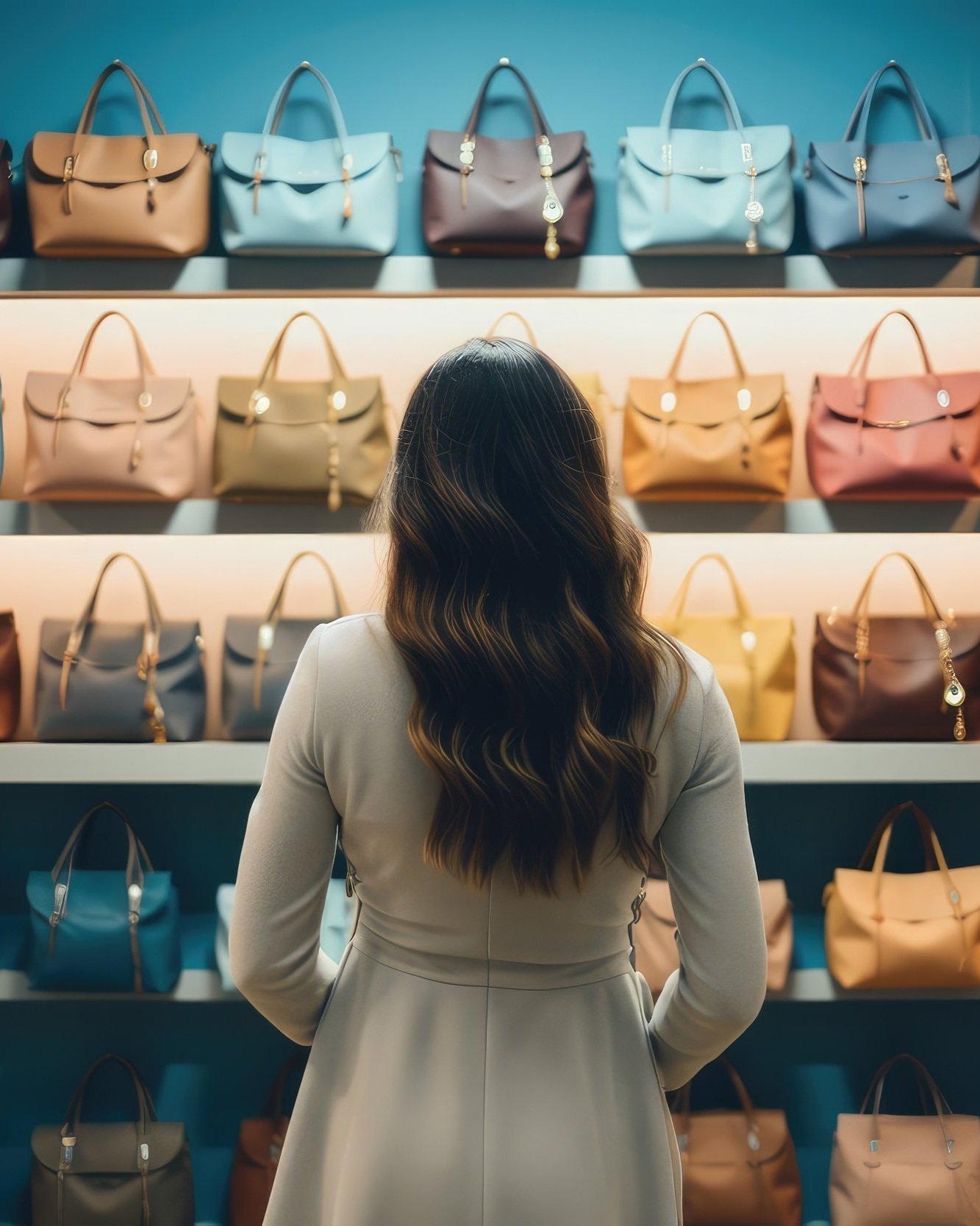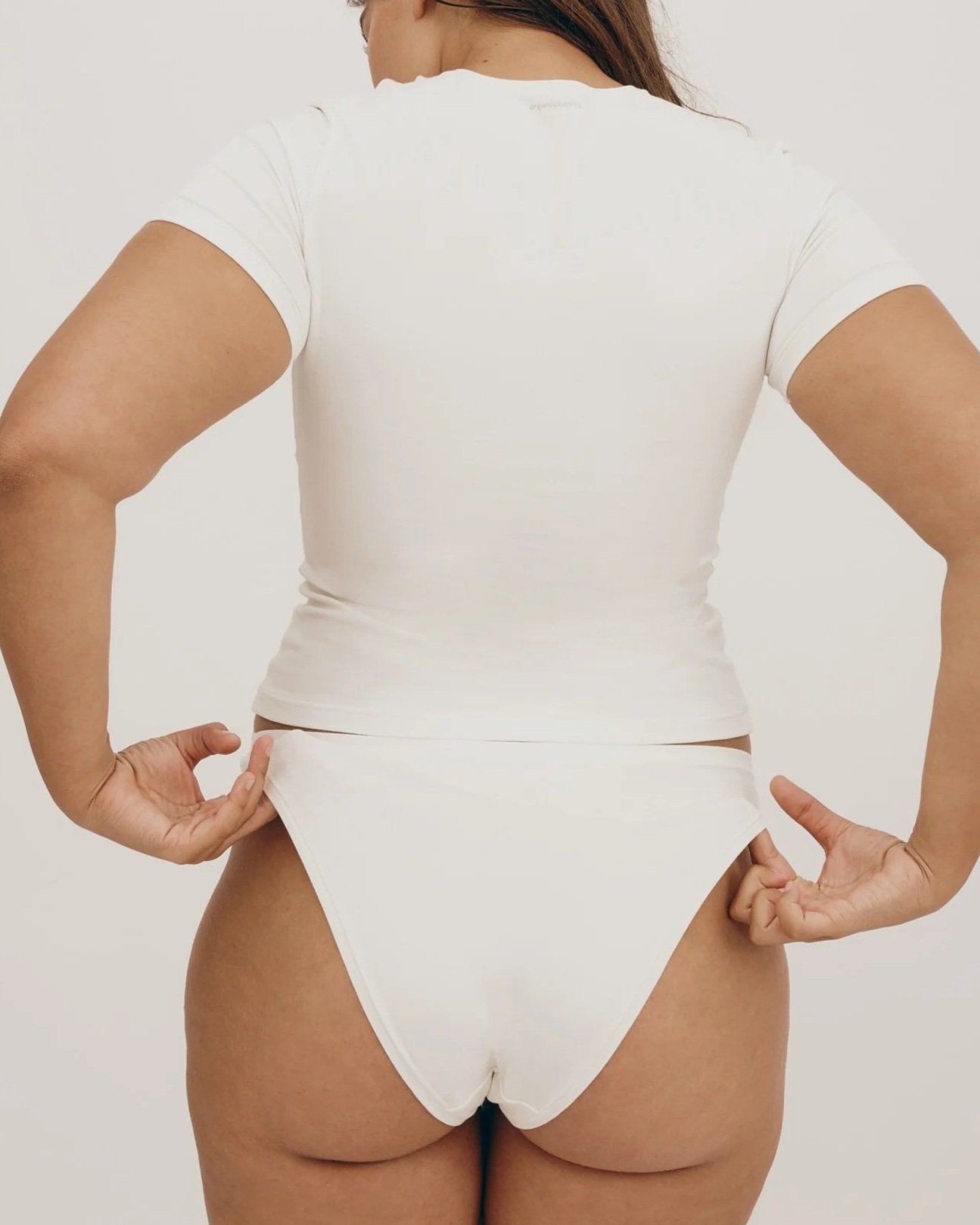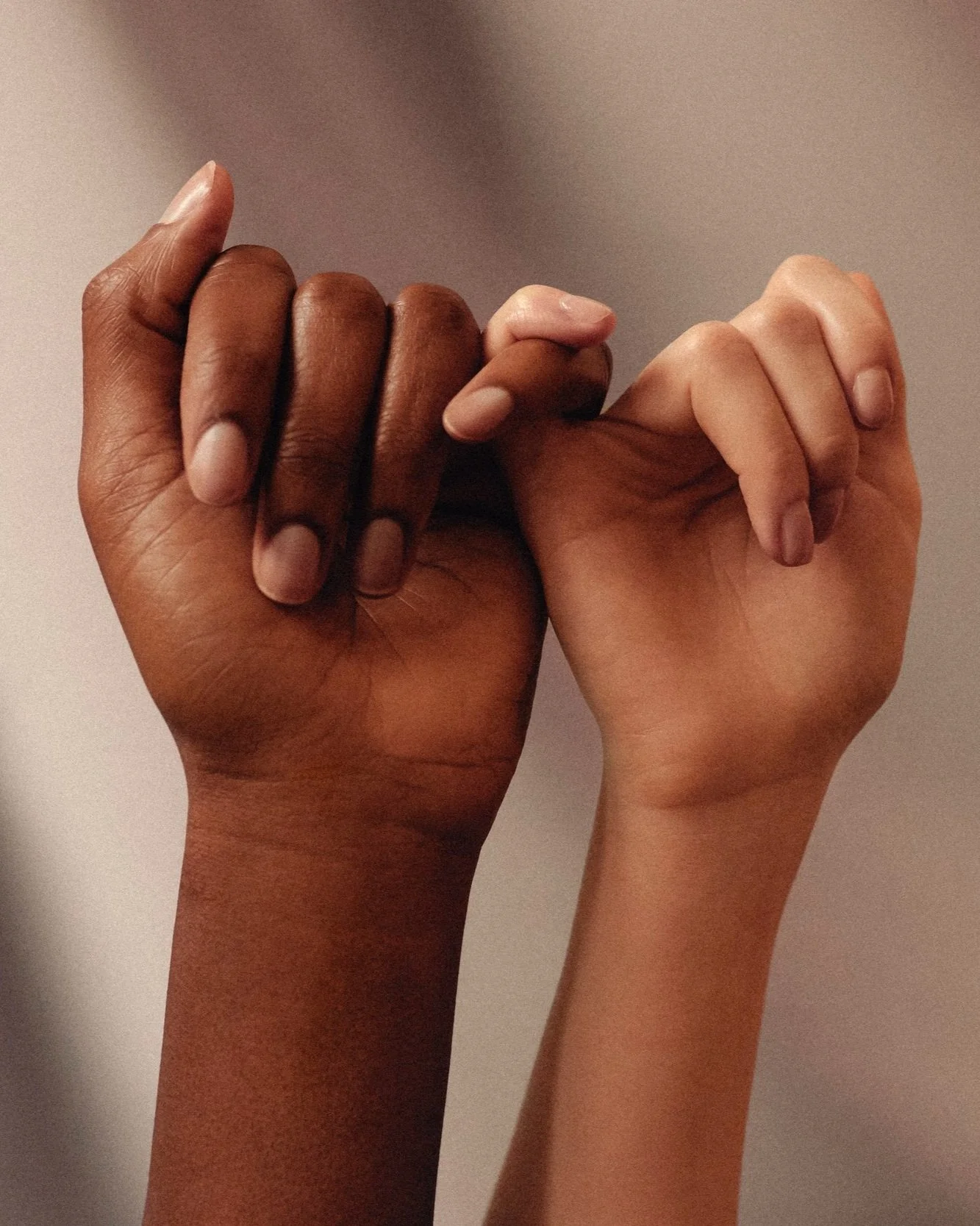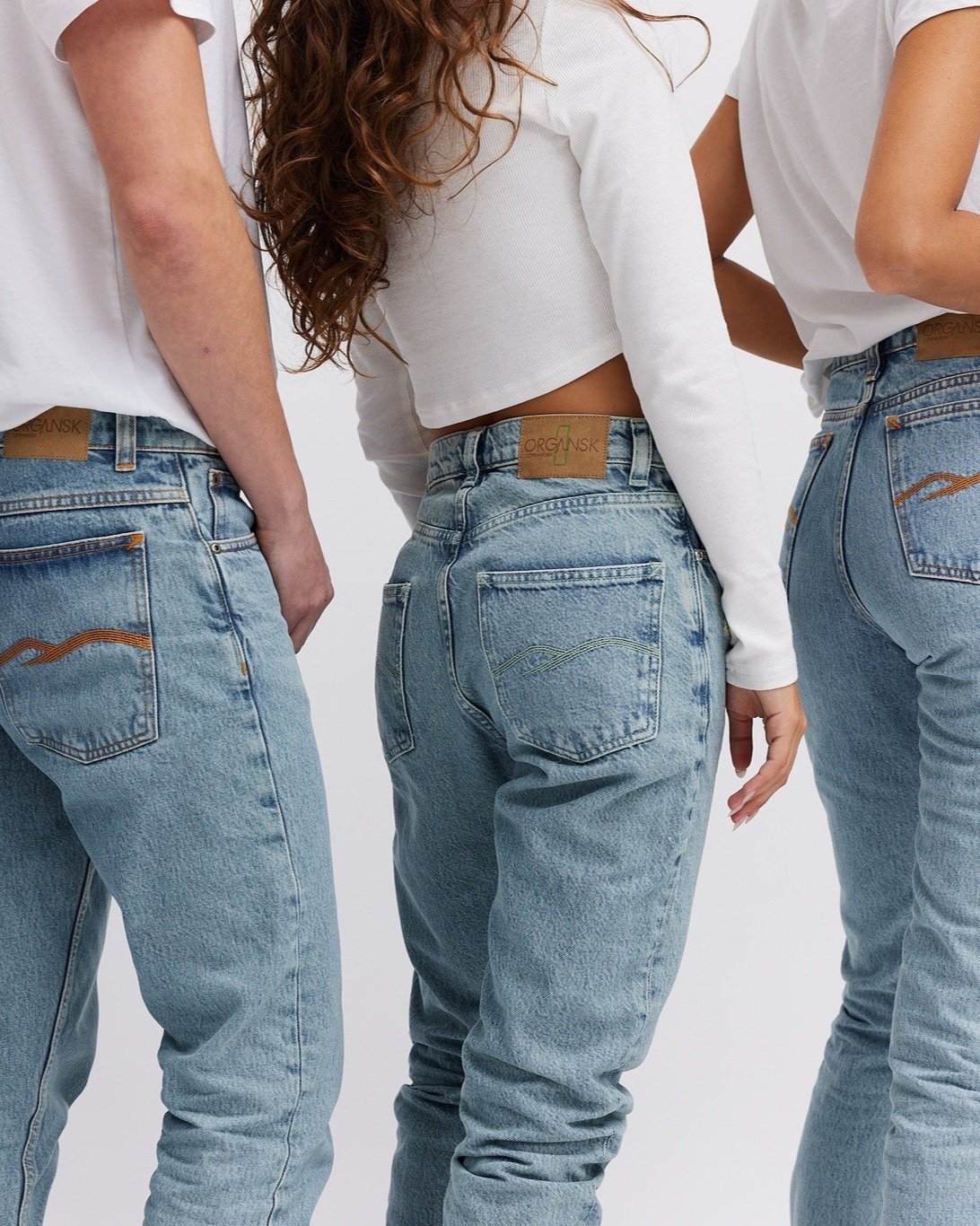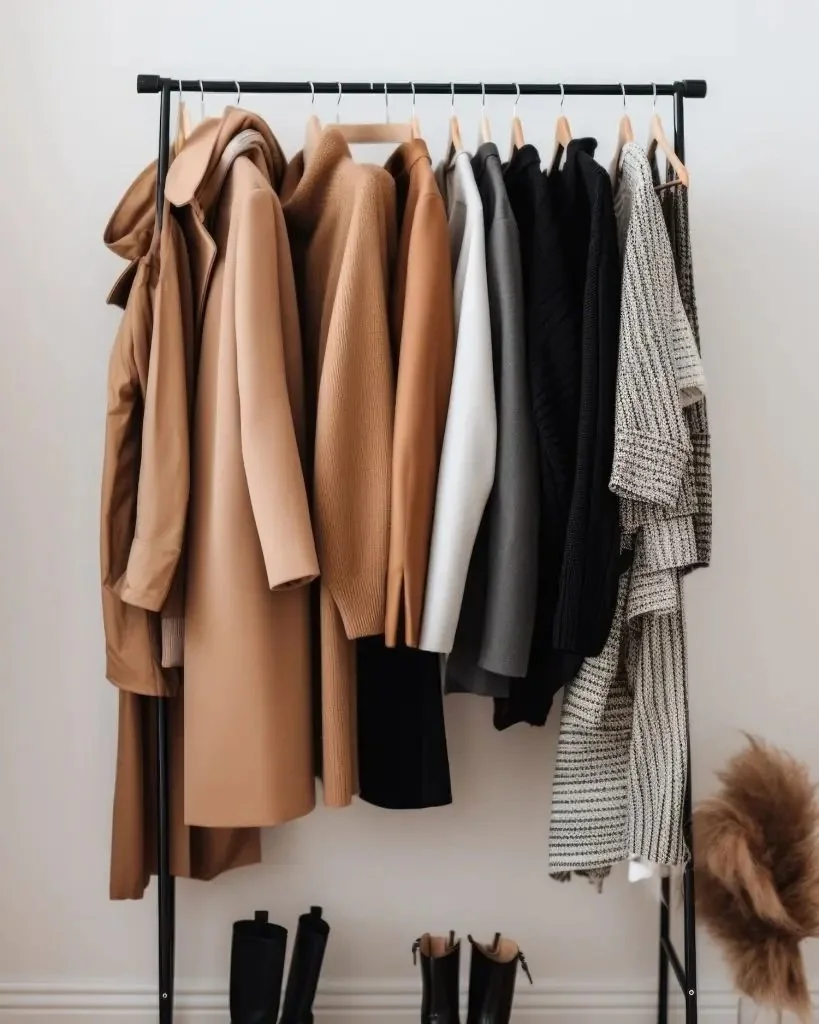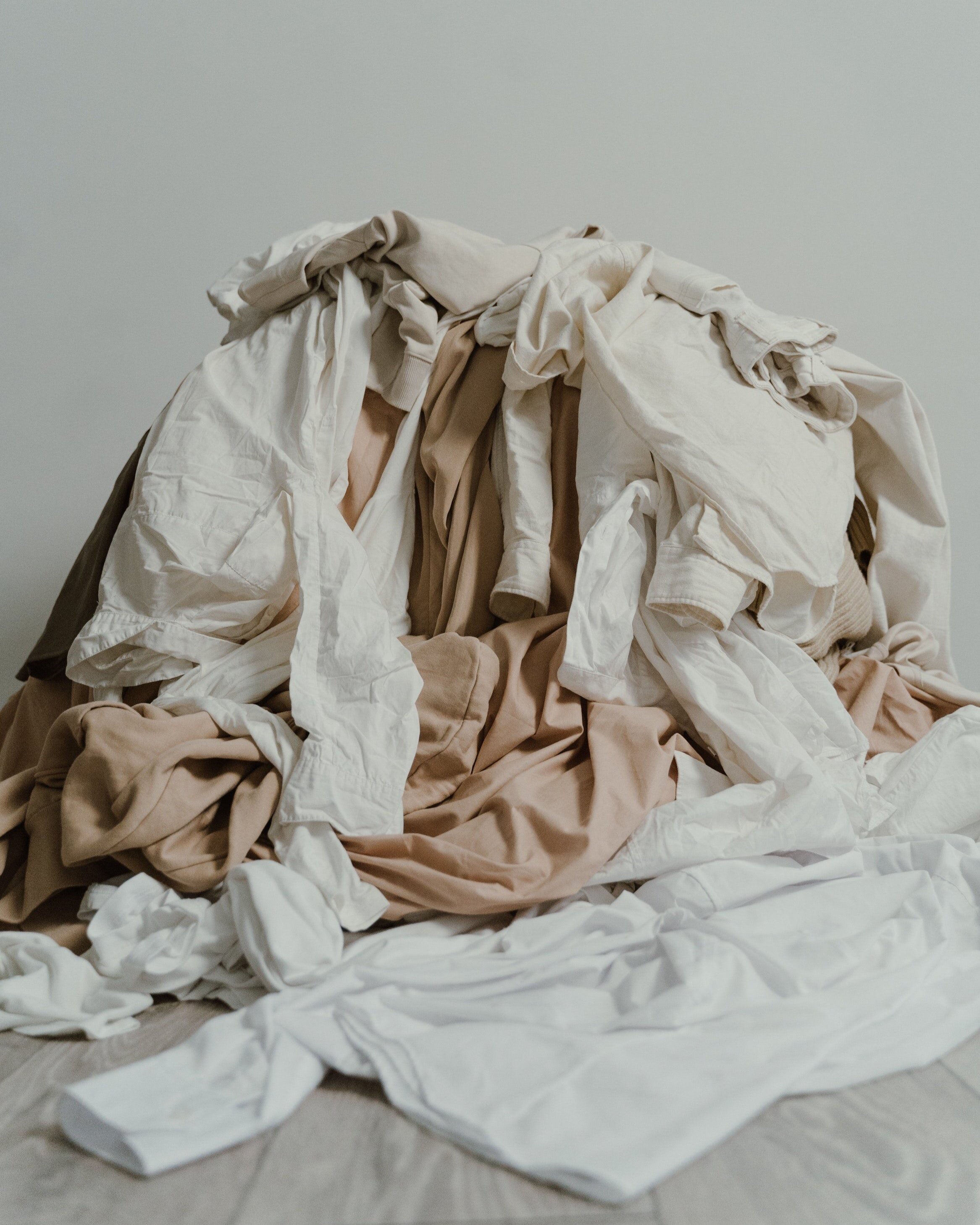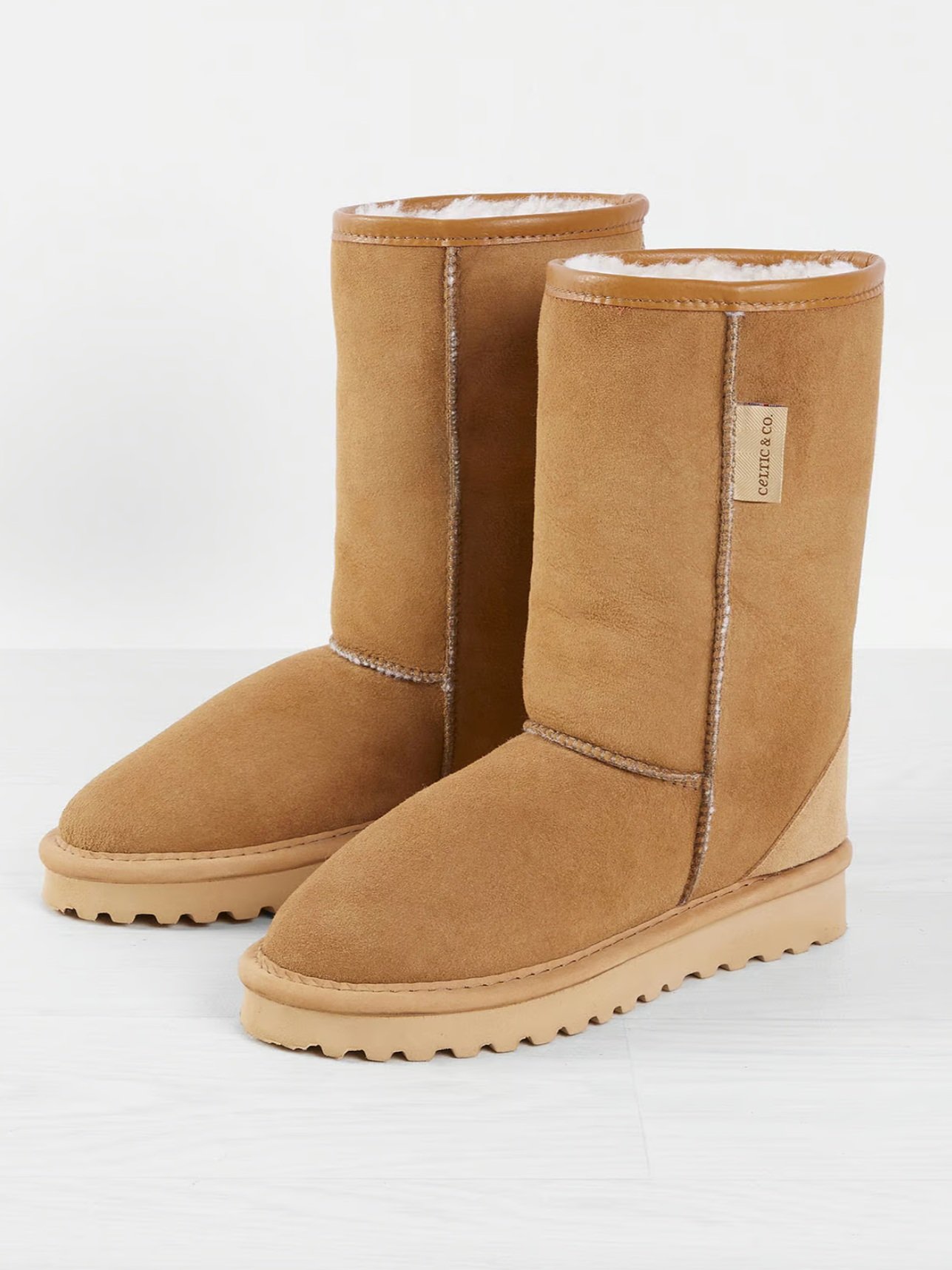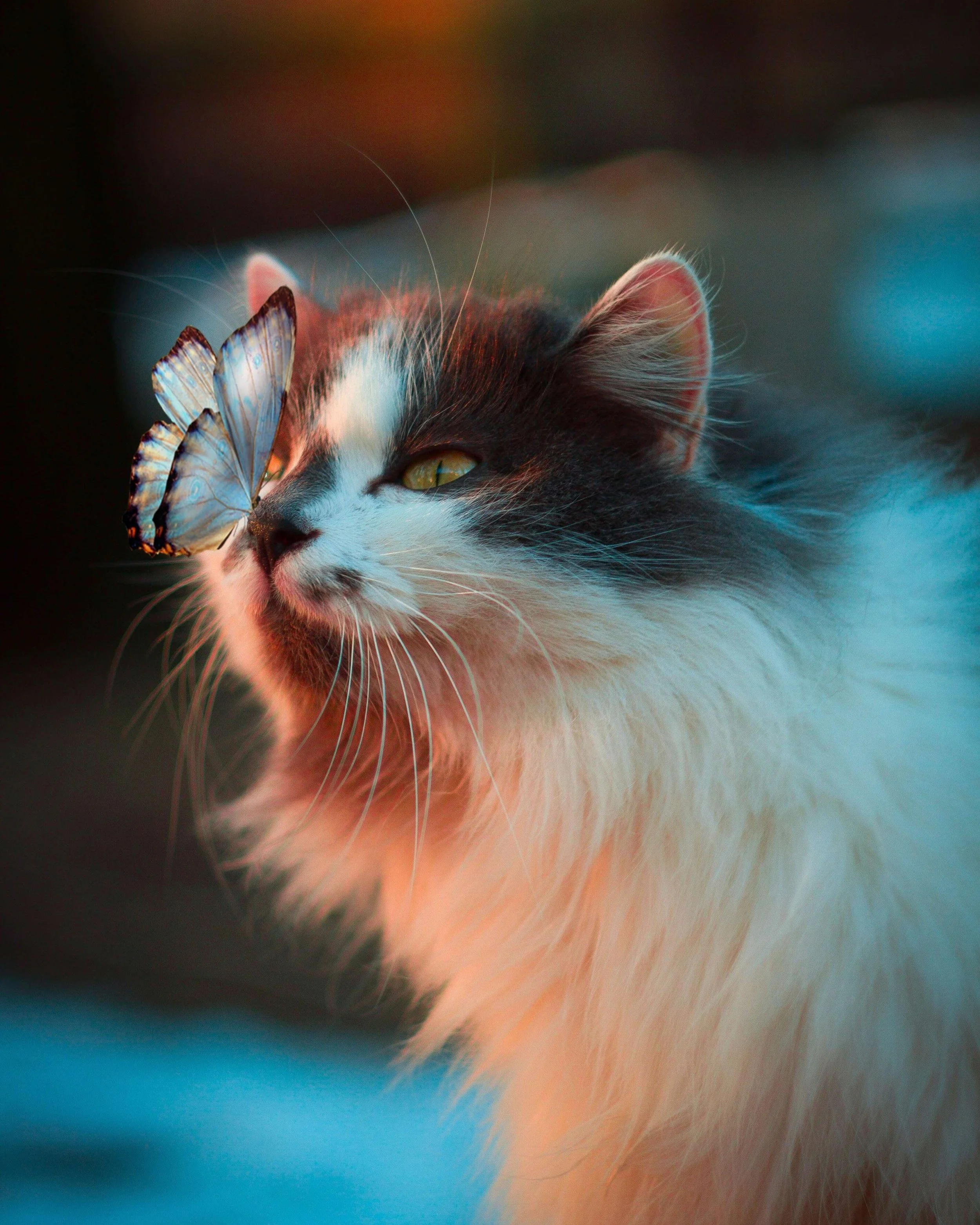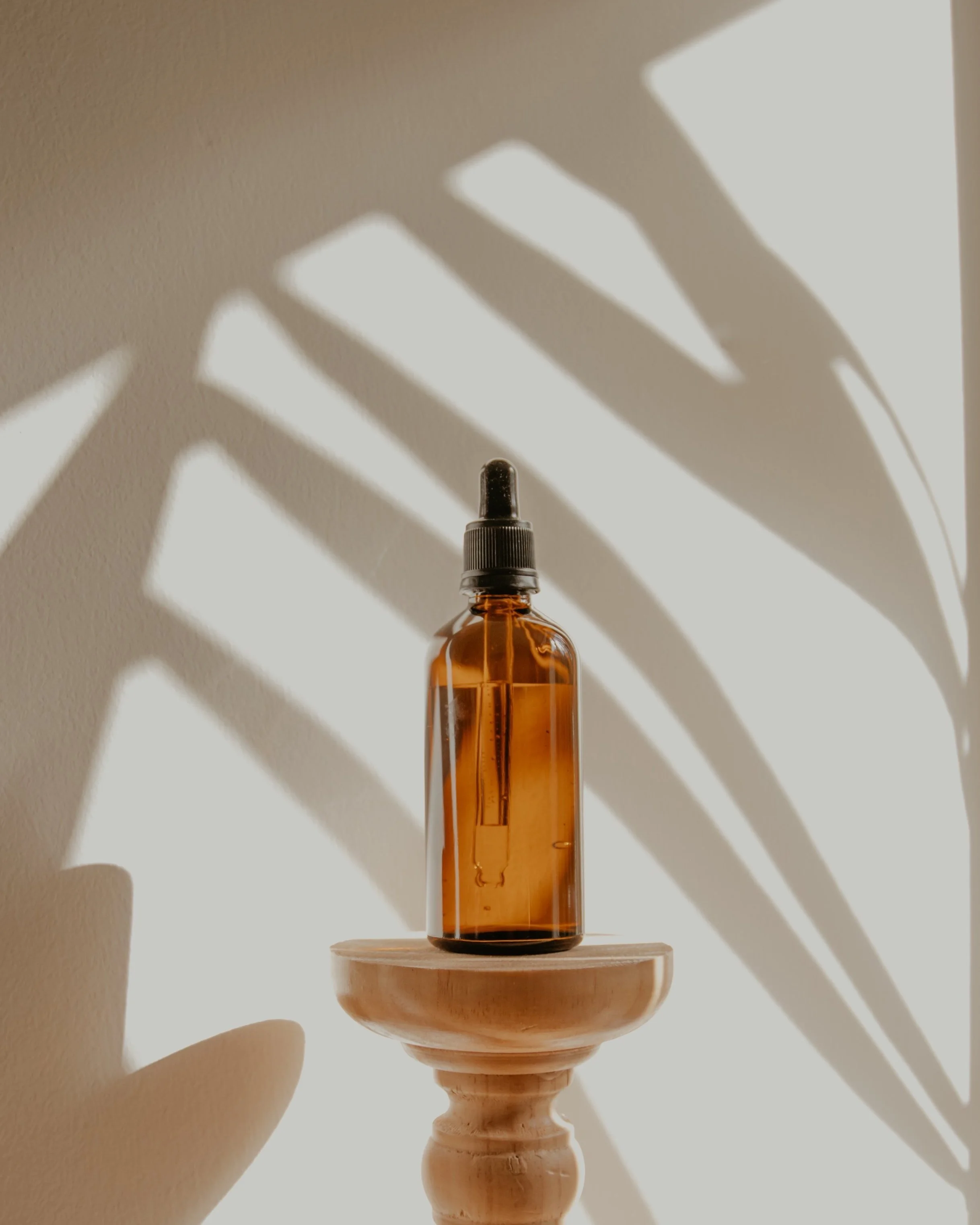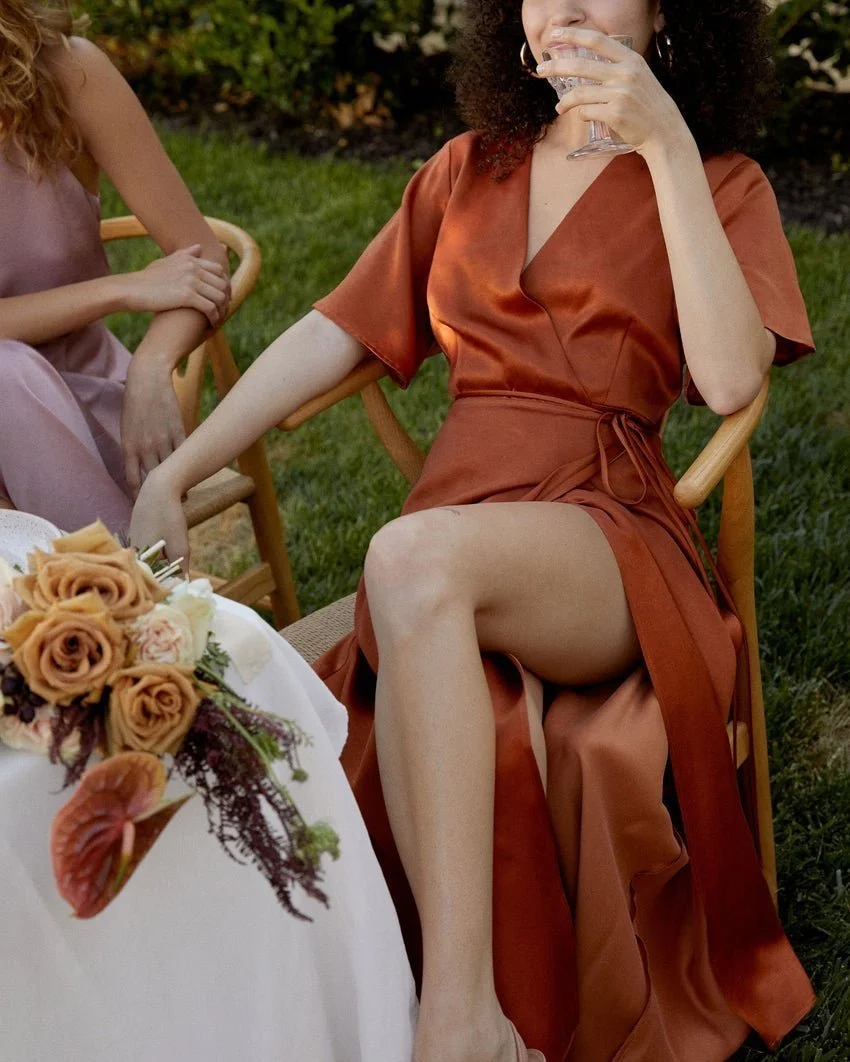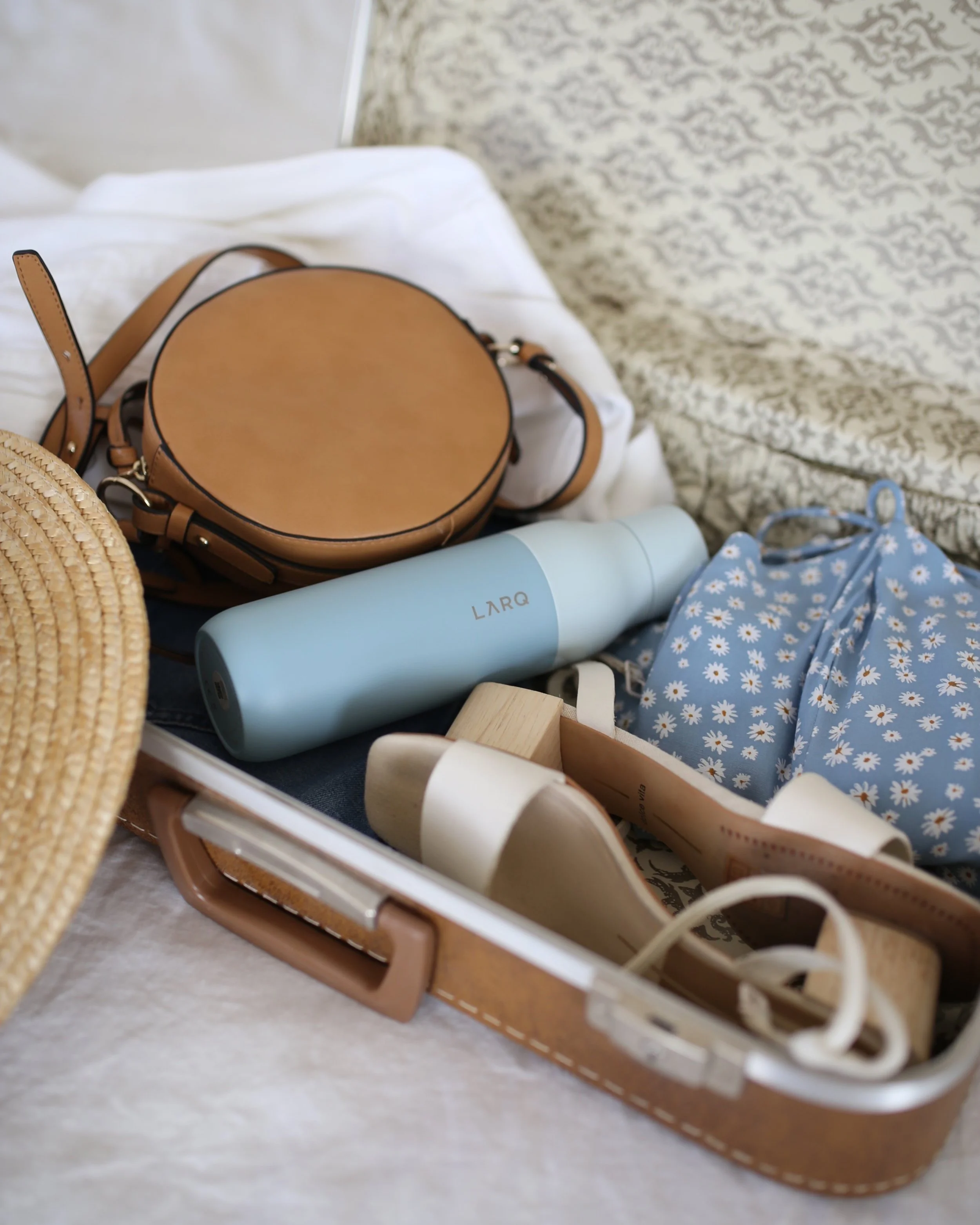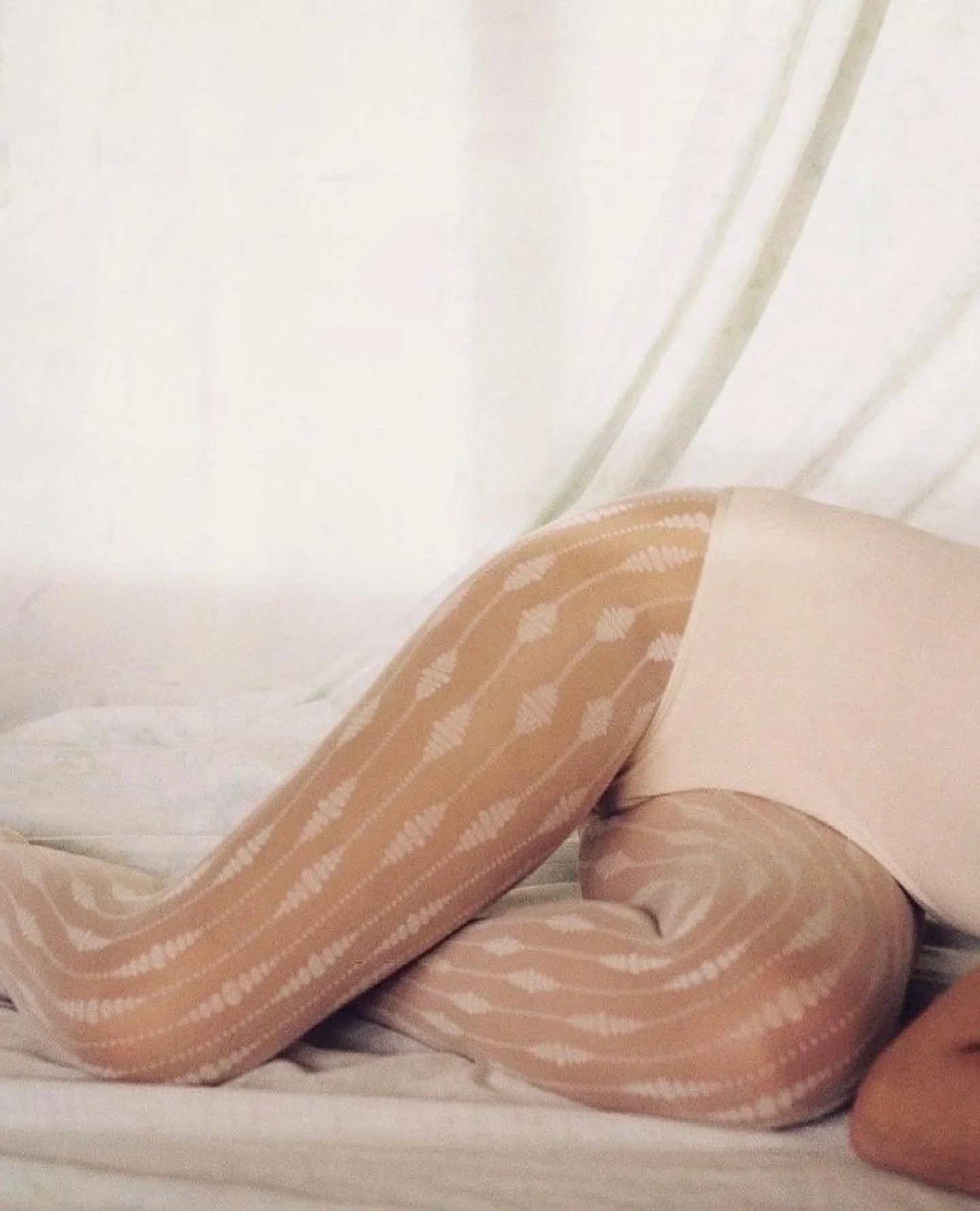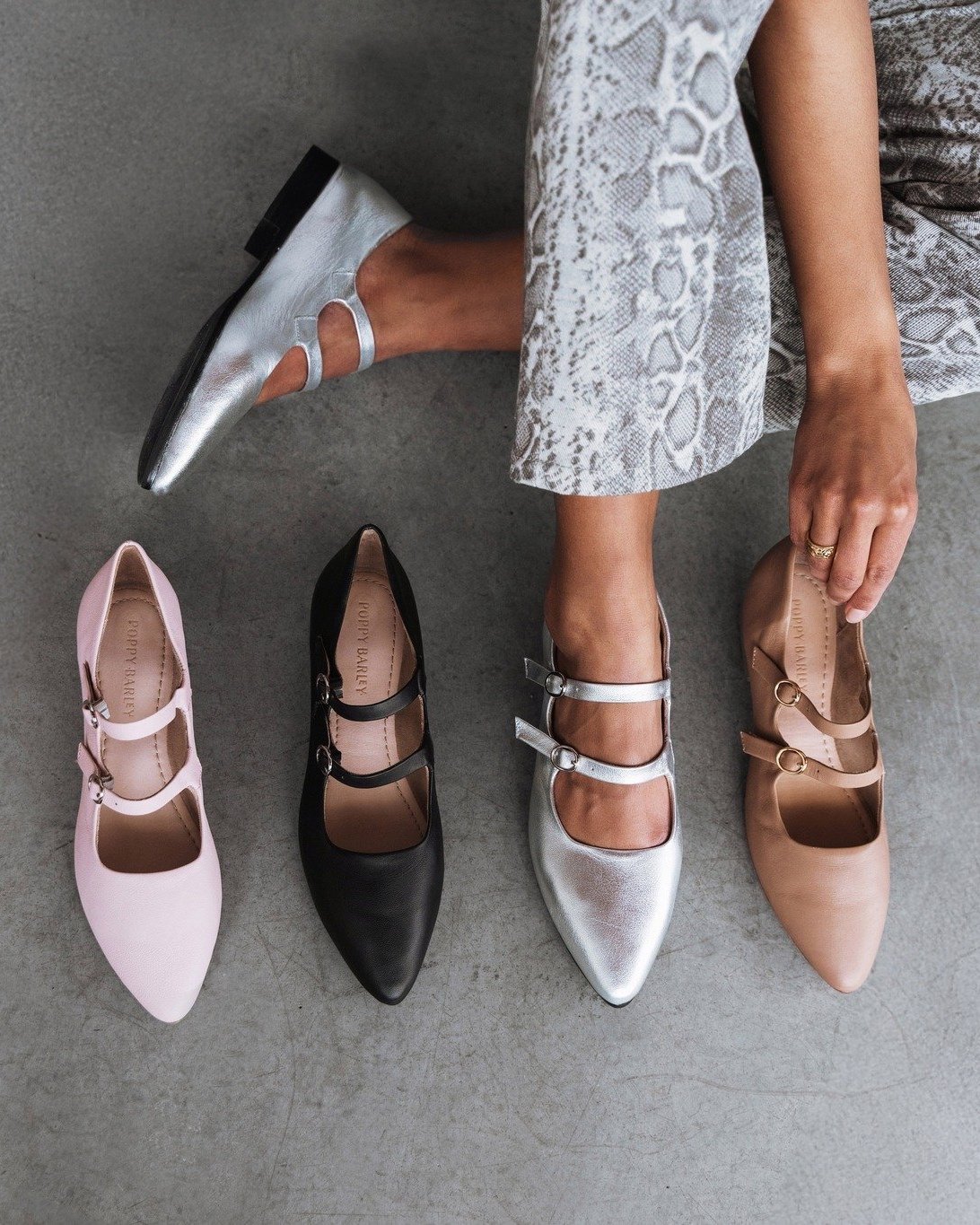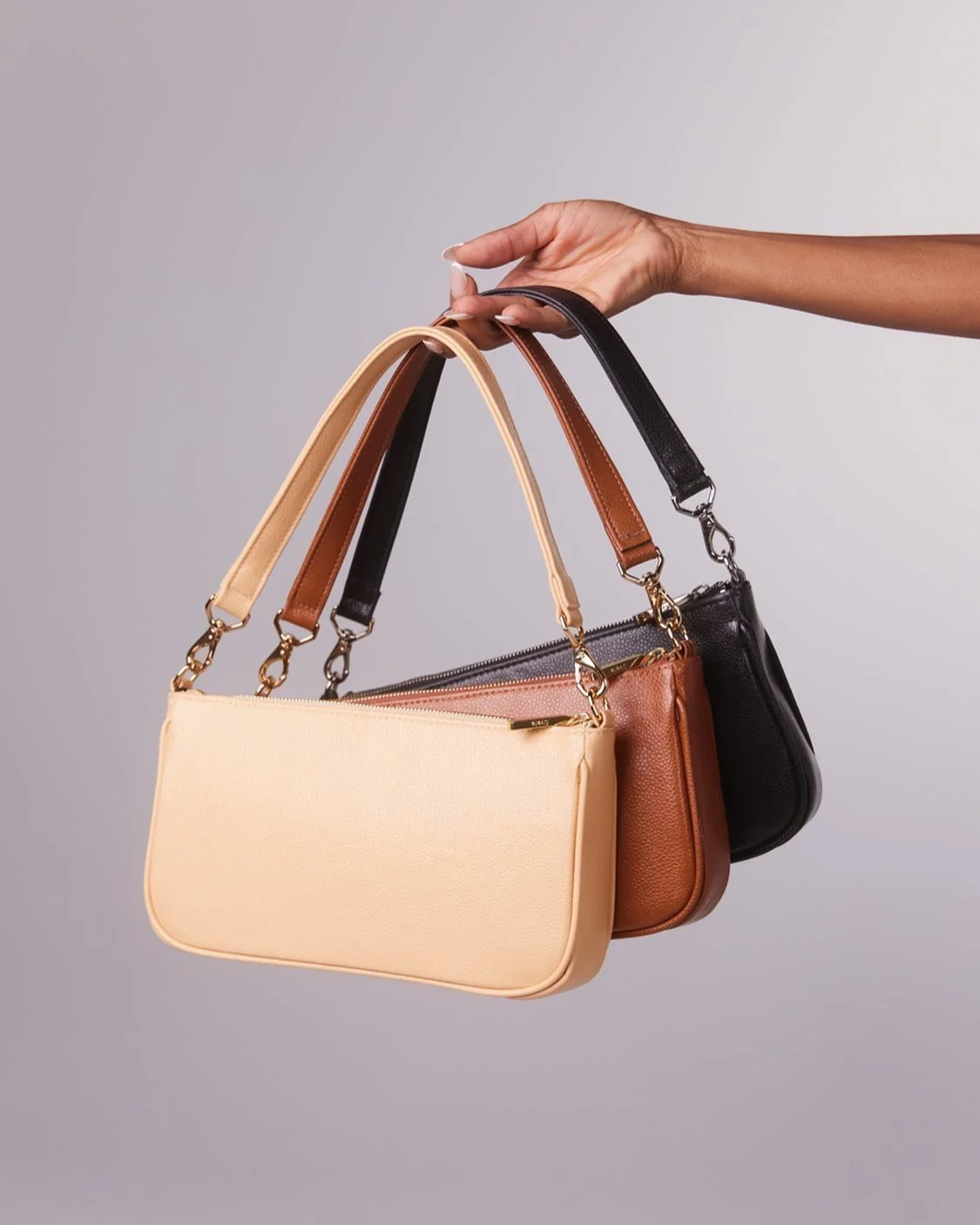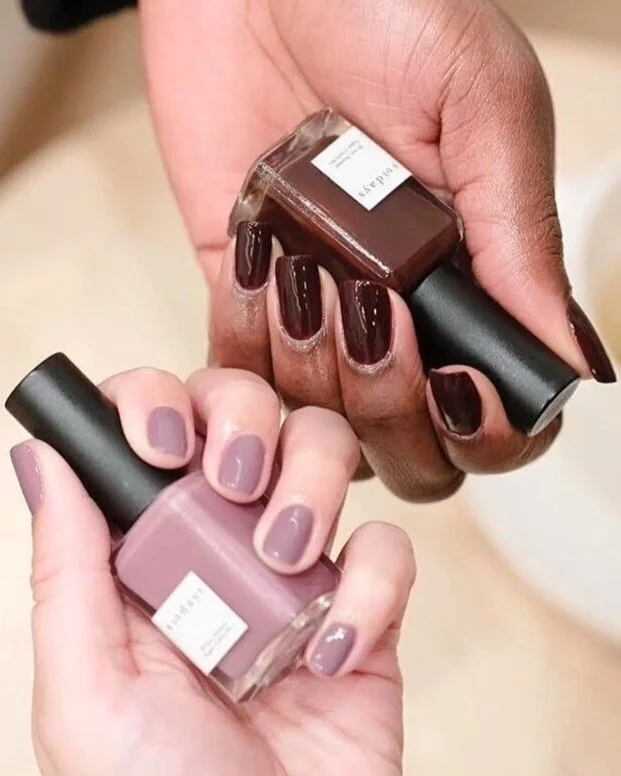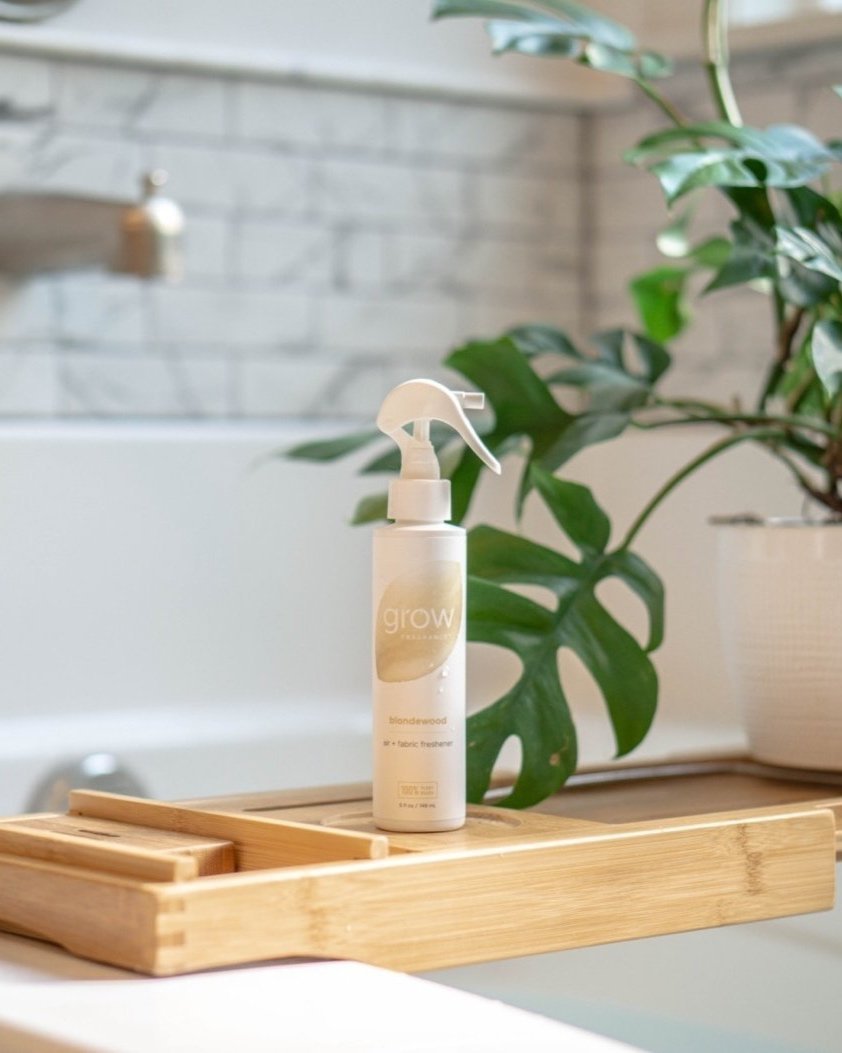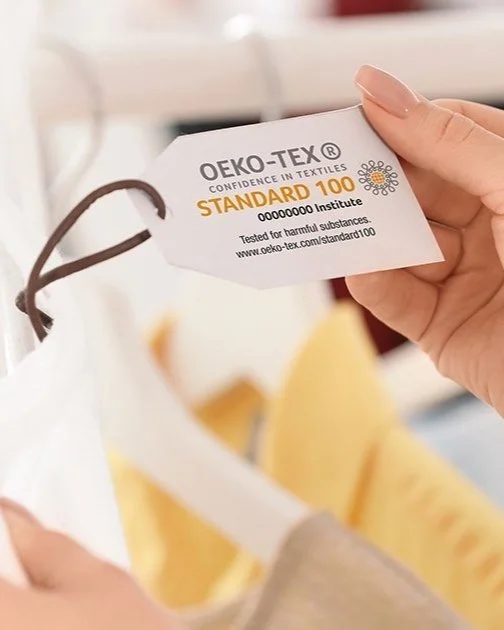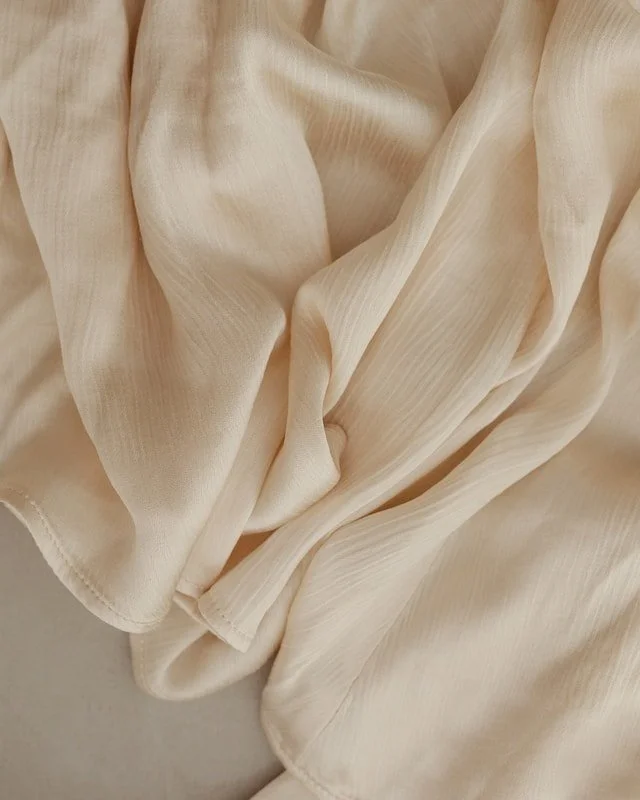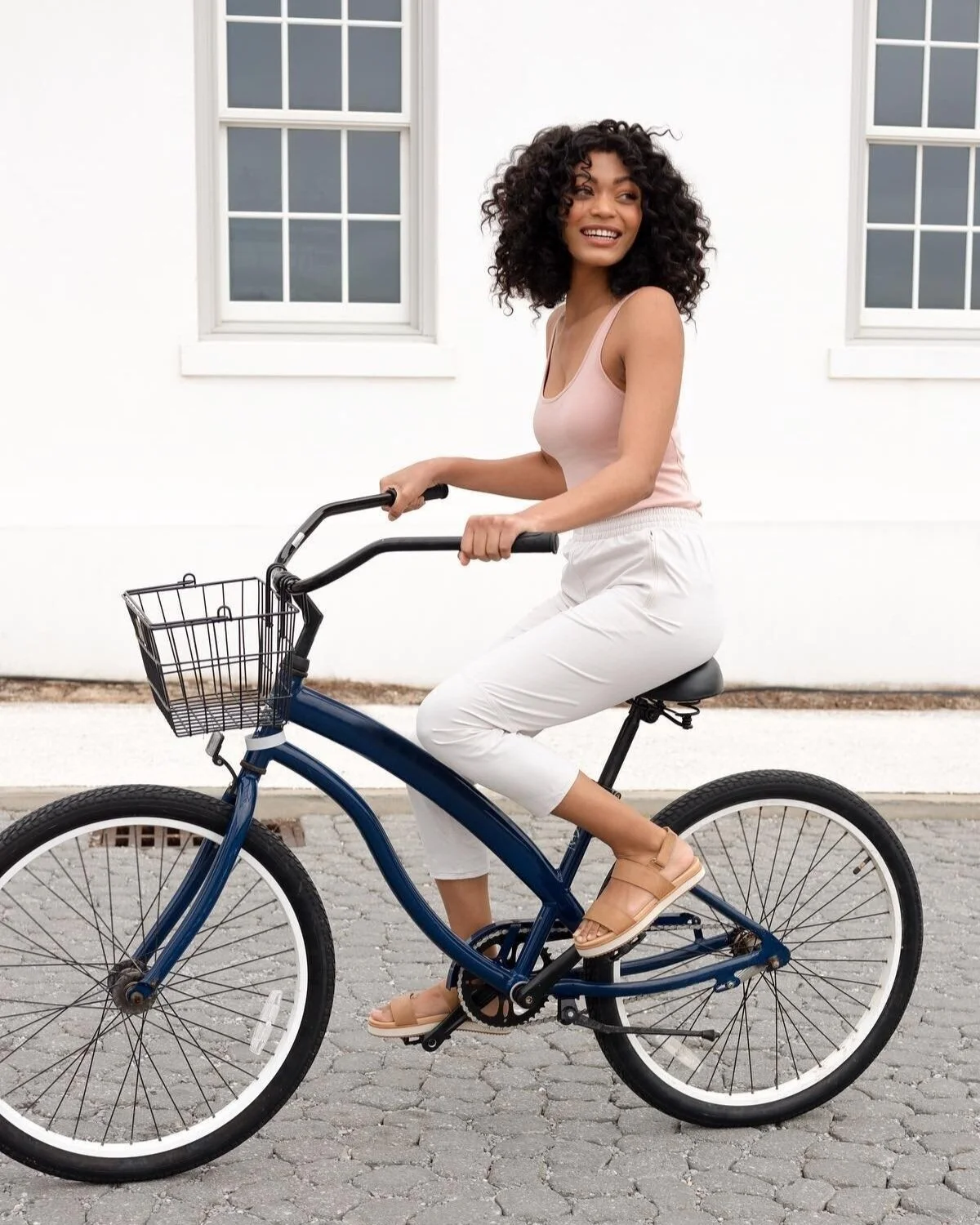AI is Contributing to Shein's Rapid Rise as the World's Fastest Polluter
Notorious fast fashion behemoth Shein stands out in an industry already under fire for its environmental harm. The fashion industry, responsible for contributing 10% of global greenhouse gas emissions, finds one of its most prominent players in Shein. The company’s own sustainability report showed the fashion conglomerate doubled its carbon emissions from 2022 to 2023 (which were off the charts to begin with).
This fast fashion giant has skyrocketed in popularity, going viral on TikTok and attracting millions of customers (particularly Gen Zers) across close to 150 countries. One market analysis found that close to a whopping 44% of Gen Zers in the US purchase a minimum of one item per month from Shein (which is absolutely crazy!). The company offers as many as 600,000 items for sale at time, with its average cost per item coming in close to $10.
So how did Shein’s popularity explode so quickly?
Well, it seems like maybe AI played a key role. At every step of the process, from consumer browsing to placing items in their cart to actually placing orders, data is being collected. And as you can probably imagine, the magnitude of this data is unfathomable - which is where AI steps in. Shein uses proprietary AI programs which identify patterns in consumer behavior and are able to accurately predict demand, which is a core component of its successful ultra-fast supply chain.
This can make Shein unstoppable. “AI enables fast fashion to become the ultra-fast fashion industry, Shein and Temu being the fore-leaders of this,” said Sage Lenier, the executive director of Sustainable and Just Future, a climate nonprofit. “They quite literally could not exist without AI”.
Peter Pernot-Day, Shein’s head of global strategy and corporate affairs, also spoke about Shein’s use of AI during a presentation at a retail conference. “We are using machine-learning technologies to accurately predict demand in a way that we think is cutting edge,” he said. Each of their 5,000+ suppliers have access to this AI software that provides regular updates on consumer behavior and preferences, which they then use to pivot their production to match consumer behavior in real time.
“This means we can produce very few copies of each garment,” Pernot-Day added. “It means we waste very little and have very little inventory waste.” And while this could be a groundbreaking use of AI tech in making companies more sustainable, we call b******t - major greenwash alert here!
A Shein spokesperson told Grist, “we do not see growth as antithetical to sustainability.” However, their data states otherwise. Business of Fashion analyzed Shein’s sustainability report, and found that the company’s emissions rose at nearly double the rate of its revenue. Looking at other players in the market - Zara’s emissions rose too, but at only half the rate of its revenue, while H&M and Nike’s emissions fell from the previous year, even while sales increased.
Ultimately, the key unlock to making the fashion industry more sustainable is to encourage consumers to buy less, not more. Fast fashion inherently is not a sustainable model and using AI to make it even faster and more efficient is not a road we want to go down.
What is Fast Fashion?
Fast fashion is a term used to describe the production of large quantities of clothing throughout the year, often characterized by rapid turnover of styles and designs. These brands have streamlined their manufacturing processes to produce clothes at significantly lower costs, making it possible for consumers to frequently update their wardrobes without breaking the bank.
The excessive consumption of low-quality, mass-produced clothing is contributing to a significant increase in textile waste, environmental pollution, and the depletion of natural resources. This has given rise to pressing social concerns, including human rights violations that cannot be overlooked.
MAKE SURE TO PIN THE PHOTO BELOW TO SAVE THIS POST FOR LATER!
Searching for Sustainable Brands?
The Brand Directory features hundreds of sustainable brands approved by us!
We have broken everything down by category for easy shopping, along with discount codes unique to Sustainably Chic viewers.


